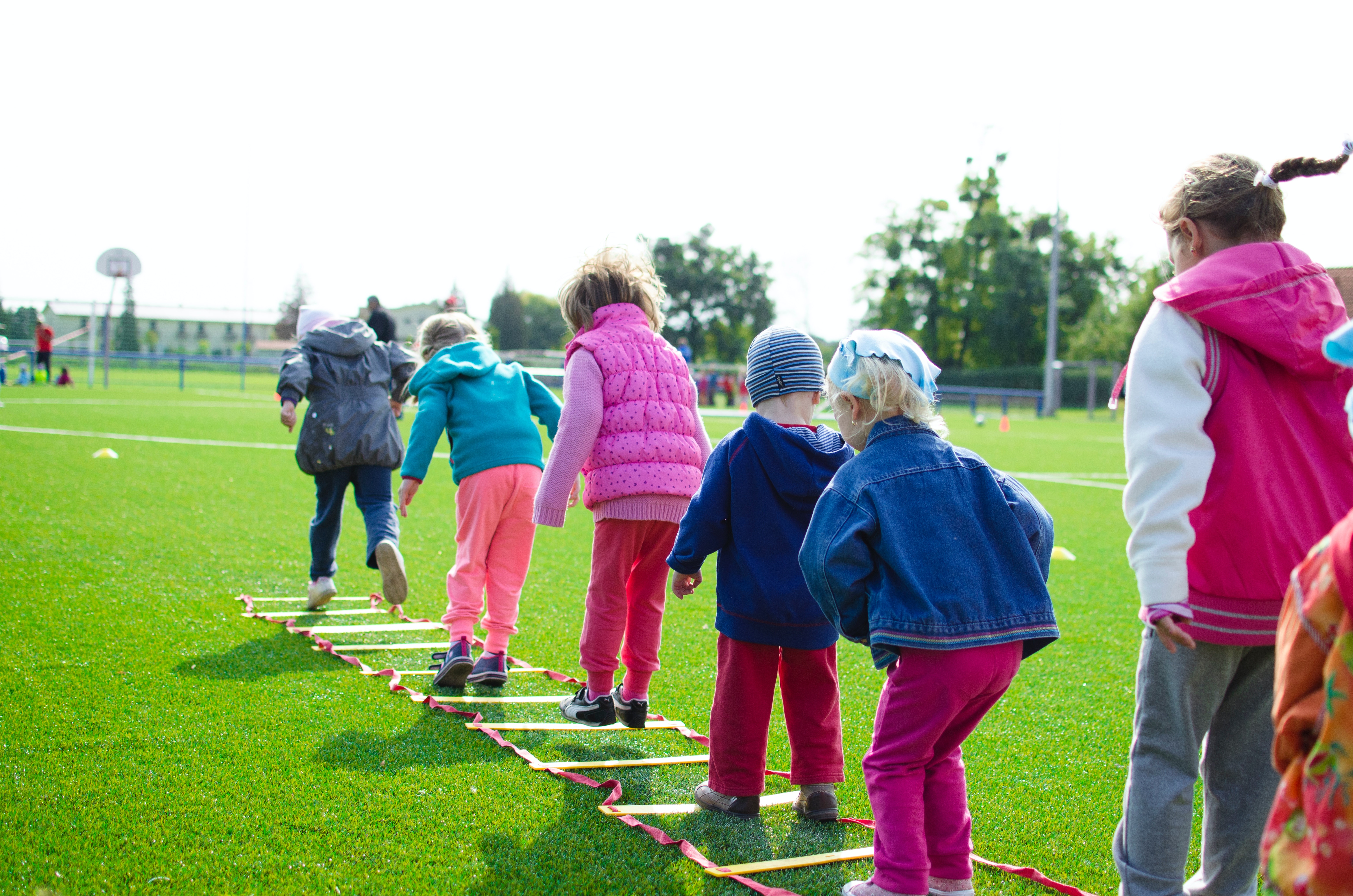The innovation of electronic devices in our lives has brought us a long way. Television is a tradition in which we watch our favorite shows, receive updates on current events, cheer for our favorite sports team, and use as an entertainment mechanism for our children. The ever-evolving cell phone acts as a peripheral brain. Not only do cell phones serve as a means of communication, but also as a link to social media, music, and video entertainment. However, if these devices are overused, they can bring our lifestyles to a screeching halt the same rate as an addiction to methamphetamines and barbiturates.
The issue of college, high school, and junior high school kids developing an addiction to electronics links to another critical topic: they don’t move as much as they should. The introduction of virtual education as a result of the COVID pandemic contributes to the issue of decreased movement to the youth in our society. Instagram, Snapchat, Tiktok, Youtube, and various other applications on the phone affix their eyes to the 3 x 5-inch screen. The almighty PlayStation, X-Box, and P.C. video games we provide to our kids as “gifts” encourage them spend endless hours in awkward sitting positions interacting with a screen and a remote control. Supplying our kids with a cell phone and video game platforms could be seen as a token of love and affection or a reward for being upstanding students. However, in an era where the need to show up on time, pay rent, or provide for a family is important to our functions as humans in society, these devices could hinder the ability for our generation of kids to realize the importance of these values due to the distraction of screen time interaction with cell phones and video games.
The biproduct of too much screen time on phones, televisions, or computers can quickly produce a sedentary lifestyle. It comes to no surprise that if you are parked in a chair for 10 hours, 6 days a week, the body suffers. Decreased physical activity leads to increased fat mass storage, decrease muscular function, and the development of insulin resistance. Is this a foundation we want to build for our kids to grow up happy, healthy, and strong? If we don’t encourage physical activity in the current state our society’s youth, we are contributing to a future of lazy, overweight, and sick kids.
Fortunately, the human body is constructed to overcome such obstacles. If adults encourage regular exercise to the youth of our society, we can set a standard for the rest of their lives. The bone structure, muscles, joints, and neuromuscular system of a teenager’s body are at the most sensitive state for adaptation. Research supports that bone, muscle, connective tissue, nerve, and brain cells develops until the age of 25. This means the imposed demand on the body via exercise will elicit lifelong adaptations to physically active youngsters. The impact from sports, rough housing with friends, and sports specific training cause to bones increase in bone mineral density, ligaments to strengthen, and brain to muscular synapses to function more efficiently. If kids participate in physical activity at their most developmentally sensitive years, they can permanently acquire these body strengthening adaptation for the rest of their lives.
The problem we see with kids and exercise is that there is simply not enough. The benefit to influencing physical activity and exercise to the youth of our society influences them to be self-reliant, live longer, and to develop a physically, mentally, and emotionally stronger life. The importance of exercise for our teenagers and college age kids has never been more important. Exercise and physical activity for our kids super charges the brain, bone, neuromuscular, and personality development adaptations that will stay with them the rest of their lives.
Sean McCawley, the founder and owner of Napa Tenacious Fitness in Napa, CA, welcomes questions and comments. Reach him at 707-287-2727, napatenacious@gmail.com or visit the website napatenaciousfitness.com.

